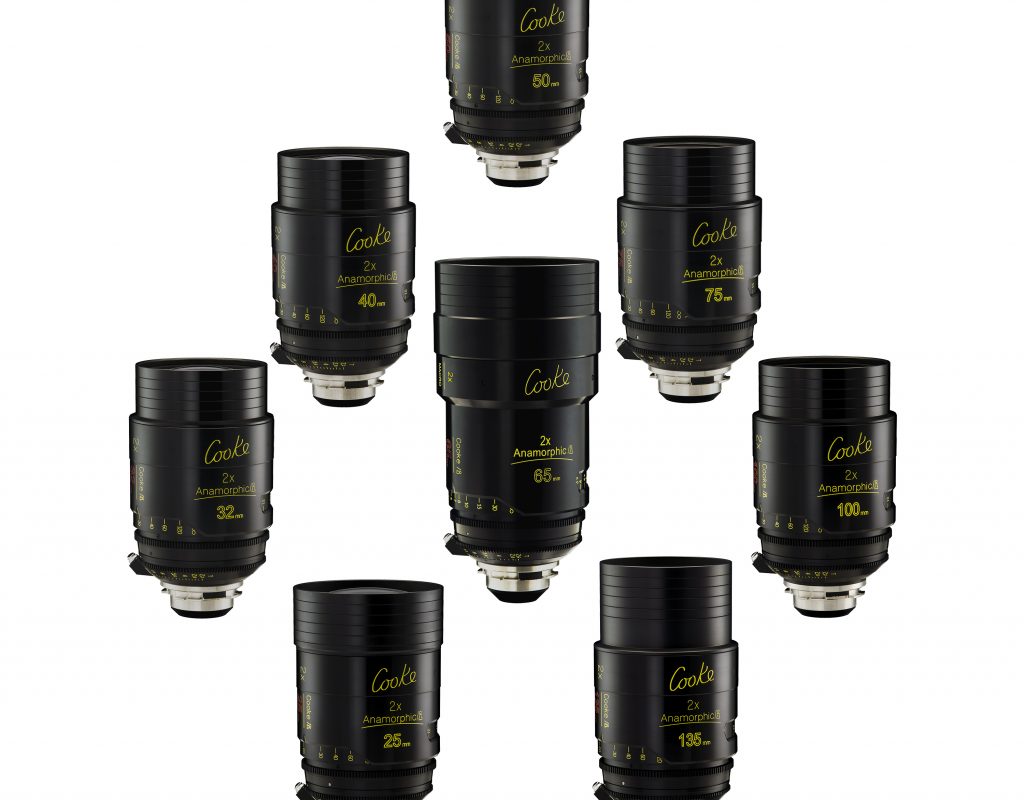 I remember the first time I worked in anamorphic. I’d landed a job as “A” camera operator on a feature film’s additional photography unit. Looking through the Panaflex viewfinder, I saw a very wide but not very tall frame. I couldn’t judge much about the image at all as it was so small. That made me nervous, as it was a toss up in the film days as to who got fired first for out-of-focus dailies: the assistant, for not nailing focus, or the operator, for not seeing the image was soft.
I remember the first time I worked in anamorphic. I’d landed a job as “A” camera operator on a feature film’s additional photography unit. Looking through the Panaflex viewfinder, I saw a very wide but not very tall frame. I couldn’t judge much about the image at all as it was so small. That made me nervous, as it was a toss up in the film days as to who got fired first for out-of-focus dailies: the assistant, for not nailing focus, or the operator, for not seeing the image was soft.
At lunch I placed a phone call to a union business agent who I new to be a former operator. “How,” I asked him, “do you judge anamorphic focus through a Panaflex viewfinder?”
“Switch off the de-anamophoser in the viewfinder,” he told me. “Look only at the unsqueezed image.”
I did, and saw a bright, clear, square image that allowed me to judge focus perfectly. I had to retrain my brain to compose a wide frame without seeing its width, but I survived a month of shooting where, for budget reasons, dailies were only viewed once a week.
That’s only one of the ways anamorphic forces us to think differently about how we shoot images, especially in the digital world. The lenses are rarely optically perfect, and show imperfection that we don’t see in many other kinds of lenses: horizontal lens flares, oval bokeh, inconsistent sharpness across the field of view, pin cushion and barrel distortion… all the things that manufacturers try to eliminate from spherical lenses are what give anamorphic lenses their appeal.
I’ve long been convinced that audiences want to see interpretations of reality, rather than reality itself, so a clean, pristine, perfectly realistic image is often unsatisfying. The very act of telling a story is bending reality to fit a narrative, so why should cinematography be any different?
Instagram seems to be living proof of this. The point is to take a digital picture and then mess it up. The results are often abstract, unrealistic, and beautiful. The flaws help to tell the story.
Digital capture is very clean compared to film, and—in retrospect—one of the things that made film so attractive was its abstraction. Its grain gave it texture. Different stocks rendered color and contrast in dramatically different ways, so much of the look depended on whose negative stock one ran through the camera. It was malleable, but not as much as digital, and creating a “look” often meant learning chemistry rather than invoking power windows in a DI suite. The imperfections were what made it special.
Lens choice has always made a difference, but never more so than now. Without film’s texture and chemical “funkiness,” we’ve lost a layer of abstraction that—if Instagram is to be believed—audiences appreciate and expect. There are ways to reintroduce that feel in capture and post, through the introduction of noise or the manipulation of contrast and color, but often creativity comes from the happy accident or the unexpected.
The way that a glass lens warps reality and presents it to a sensor, where the look is captured at that sensor’s full bit depth instead of being applied later to 10-bit compressed digital footage, is one of the few ways we have left to “bake” a look into an image. It’s also one of the best ways to introduce happy accidents to the filmmaking process. There’s a reason so many DPs are opting to shoot new projects with old glass or with anamorphic lenses: they distort the world in ways that we find pleasing, that suit the narrative process, and that we’d never think of while sitting in a dark DI suite at a desk lined with assorted snack foods.
In the same way that font choice influences our perception of the written word, or choice of brush affects the texture of a painting, the choice of glass through which we tell stories is itself telling part of the story.
Recently I decided to ply Carey Duffey, Cooke’s European Director of Sales, with questions about Cooke Optic’s approach to developing anamorphic lenses. Mostly I wanted an excuse to learn more about Cooke’s new SF anamorphic line, which will be on display at NAB, but I didn’t tell him that.
Art: Thanks for talking with me, Carey. Can you tell me about Cooke’s design goals in creating Cooke anamorphic lenses?
Carey: Having only started at Cooke in January 2016, I was not involved in any of the original ideas, concepts or discussions about the aims and objective for the Cooke Anamorphic lenses. That is all down to our chairman, Les Zellan, and our senior optical lens designer, Ian Neil. However, once I accepted my position as European Sales Director, it was more than apparent to me that it was extremely important to educate myself as to what Cooke Anamorphics delivered.
So to answer the question directly and simply, the idea was to design a set of lenses based on historical anamorphic lens principles: rear spherical elements with anamorphic front cylinders.
Art: I seem to remember that this is key to the anamorphic look. When I worked on features in Hollywood I saw anamorphic zooms that were converted by putting an anamorphic cylinder on the back of the lens, but while that cobbled a wide screen look out of a spherical lens, it didn’t have that beautiful oval bokeh or the horizontal streak flares that we love so much.
Carey: Cooke sought to produce a range of anamorphic lenses that took on the characteristics of what we consider “good things” about the look of Anamorphic lenses: optical bokeh, reduced depth of field, field curvature, and pin-cushioning or saddle effect, depending on the focal length. We worked aggressively to avoid bad things such as the “anamorphic mumps”, where the closer a face is to the lens the wider it becomes. Also, our original anamorphic lenses steered away from exaggerated horizontal flares. This was a conscious decision as the lenses better matched the flare characteristics of the extremely clean S4/i and 5/i lenses.
Art: If I recall correctly, “anamorphic mumps” was a big issue when anamorphic lenses were first introduced in the 1950s, and on into the 1960s. Some stars dreaded working in anamorphic as they felt their closeups made them look fat.
How would you describe the appeal of anamorphic imagery?
Carey: Most non-technical people generally agree that anamorphic images encapsulate the “motion picture” look. They say that 2.4:1 anamorphic look “just like the movies!” Directors of photography simply tend to say anamorphic lenses have personality.
Also, many DPs feel that the digital look is too clean and lacks the texture and character of film.
Art: There’s been a resurgence of interest in old lenses as a way to give digital images more character. I know that TLS rehouses old Cooke Speed Panchros for modern use, and they are very popular precisely because of their lack of perfection (and, of course, because they still possess the famous “Cooke look”). I’ve long felt that audiences don’t want to see reality, but rather an interesting interpretation of reality. Sometimes digital feels a little too real for abstract storytelling.
So how did Cooke preserve and reinvent its distinctive “look” in a set of anamorphic lenses?
Carey: Wide-angle anamorphic lenses inherently display distortion, so we intentionally retained elements of that distortion so as not to make a flat image. You will find that the 25mm, 32mm and 40mm do have some distortion top to bottom and side to side. However this has been controlled as to not make the viewer feel uncomfortable when the camera pans or tilts. Too much distortion can make the viewer feel as if they are rolling or swimming in the image. This also results in wavelike distortion when the camera is locked off and a person or object moves across the frame.
Some distortion must be present to add “personality” but should not render the viewing experience unpleasant or uncomfortable.
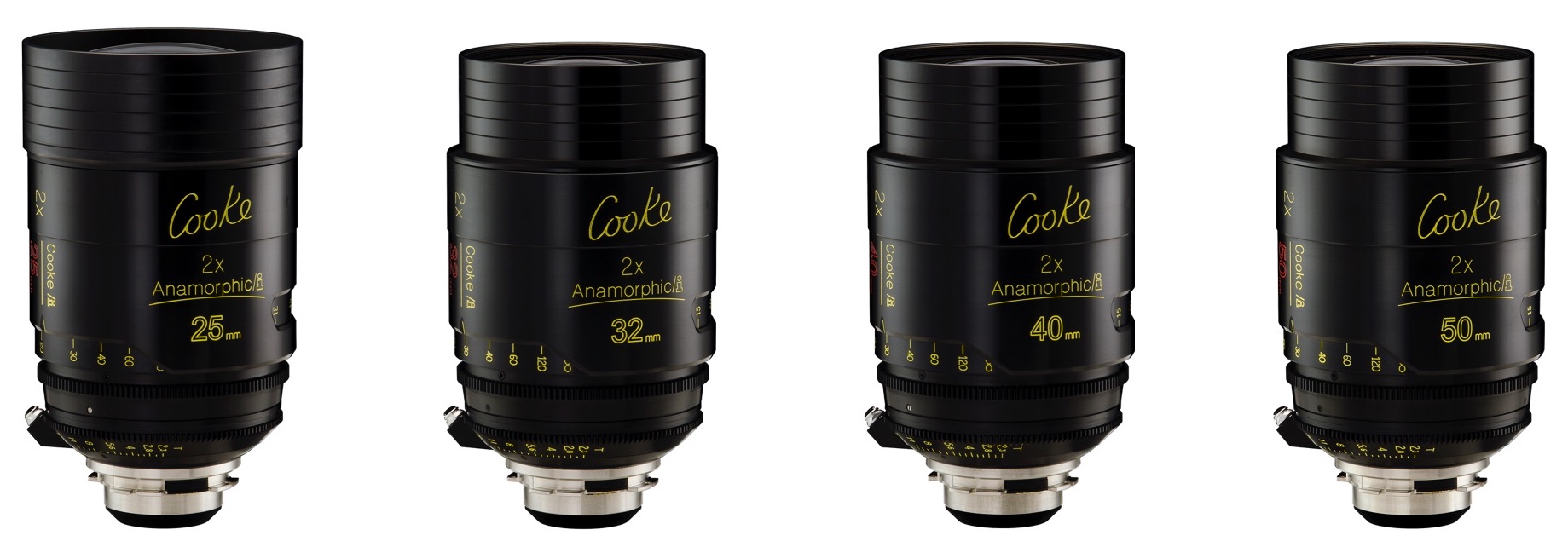
Also, I think that as we view the world in our natural state of looking around, we perceive multiple focal planes in the real world due to our quick focusing reflex. The look of front anamorphic lenses adds a “roundness” to the focal planes, which results in an additional sense of dimensionality.
This is why anamorphic lenses look great when photographing landscapes and exterior natural environments. Architectural photography might require special framing to avoid these characteristics, or they can simply be embraced as part of the anamorphic look. We leave that choice to the DP.
After the wider focal lengths we move onto the 50mm lens, which has sharper sides and softer corners than the wider-angle lenses. The designers felt this complemented this focal length.
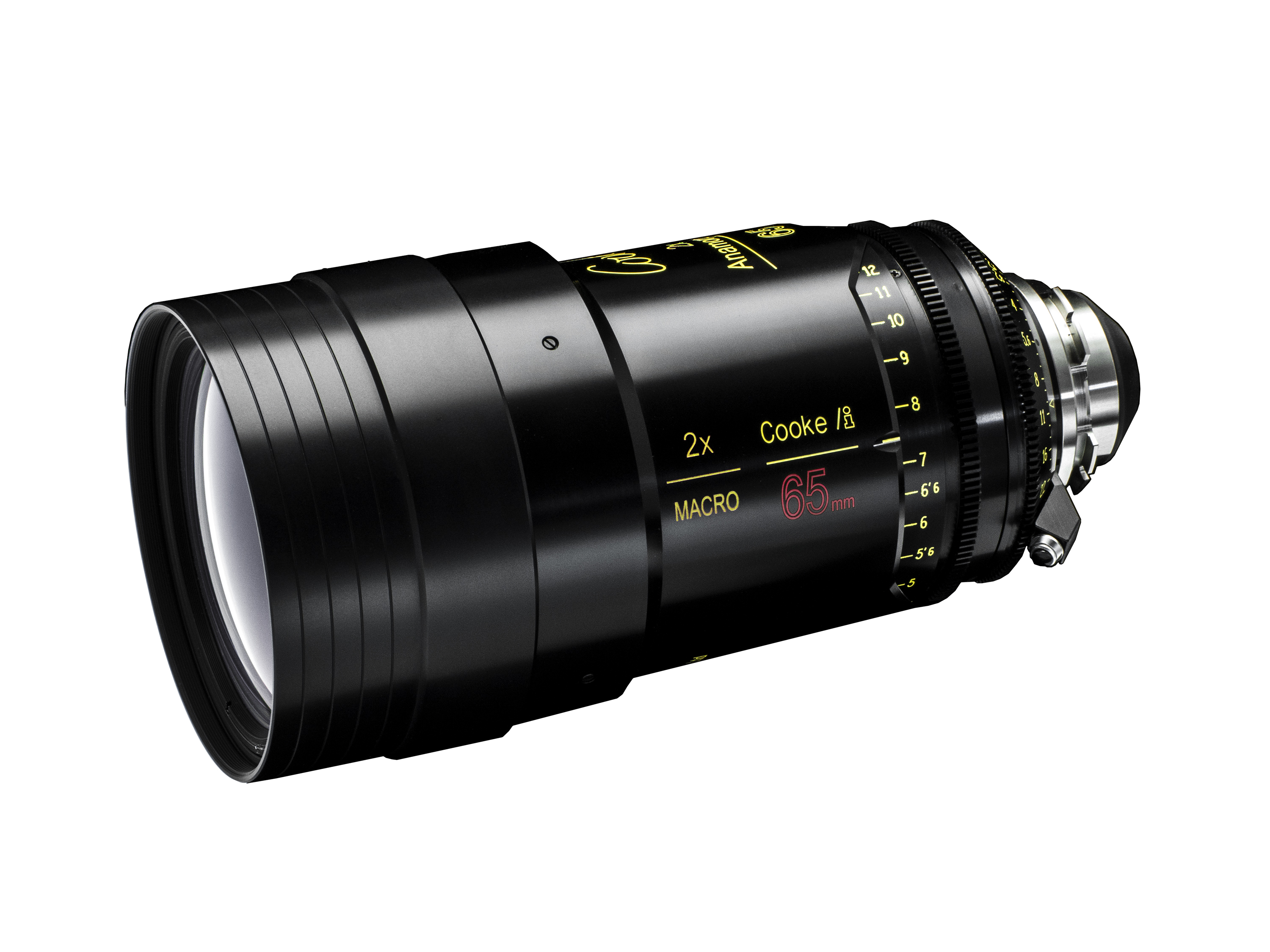
Of particular interest is our newer 65mm macro. Anamorphic lenses have not historically been great at focusing close, but this lens is a 4:1 macro, which also reaches effortlessly to infinity.
Art: I remember older anamorphic lenses focusing no closer than 4′, and the only way to get around this was to use diopters. Those change the focus markings on the lens, so during prep camera assistants would measure out every focus mark on every lens and create new follow focus disks. If the DP called for a close-up on a wide lens, the assistant would add a diopter and then change out the follow focus disk so they still had reliable focus marks.
The first time I looked at a Cooke Anamorphic lens I was startled to see that the wider ones focus closer than 3′, and they look sharp wide open. My understanding is that anamorphic lenses can be thought of as two lenses combined—a primary focal length in the vertical axis and a second focal that’s 50% wider in the horizontal axis—and their depths of field must overlap in order for an image to look sharp. Many early anamorphic lenses didn’t focus unless stopped down to f/4, but your lenses look tack sharp at T2.3!
I heard one story, about an anamorphic feature film that ran through two or three assistants for focus issues, until they hired an assistant with anamorphic experience. He pointed out that the DP was shooting with the lenses wide open and they simply wouldn’t focus.
I don’t see this being a problem with your lenses.
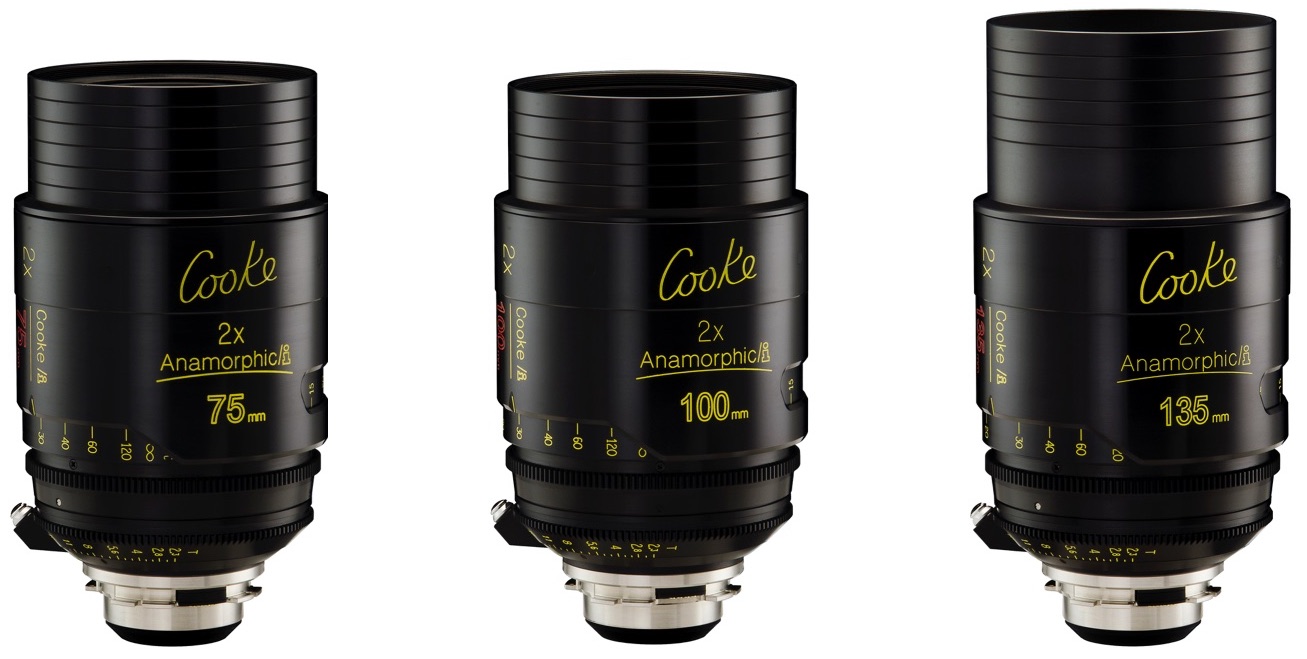
Carey: The longer focal lengths—75mm & 100mm—sees the field curvature change slightly into what I can only describe as a delicate saddle effect, as opposed to the pincushion of the wide angles.
Art: I’m not familiar with “saddle effect.” How would you describe it?
Carey: By “saddle” we mean that the centre and corners are sharp and the edges are softer, without distorting the center of the frame. Remember that when we discuss fall off on anamorphic lenses—as well as optical artifacts such as pin cushioning, saddle effect and barrel distortion—the sweet spot of an anamorphic lens is based on a centrally located horizontal oval, not a circle. The setting of this fall off from the oval sweet spot, and how large it is, determines the final look of the lens.
Our anamorphic lenses are based around an elliptical shape that covers 80% to 90% of the vertical and horizontal frame. Saddle effect doesn’t cause issues such as “anamorphic mumps”, but instead subtly enhances the viewing experience. It’s part of the character that DPs expect out of an anamorphic lens.
The pincushion and saddle focal plane effects are what determine key aspects of an anamorphic lens’s focal length characteristic. The saddle effect on longer focal length lenses draws the image out toward the viewer, and pin cushioning on wide-angle lenses has the effect of drawing the viewer in.
We use these effects sparingly and carefully. Using too much can make the image overbearing and difficult to watch!
Finally, the longer focal lengths—135mm, 180mm and 300mm (yes, 300mm!) have a flatter image due to their length, but have minimal color fringing by comparison to other anamorphic lenses of these focal lengths.
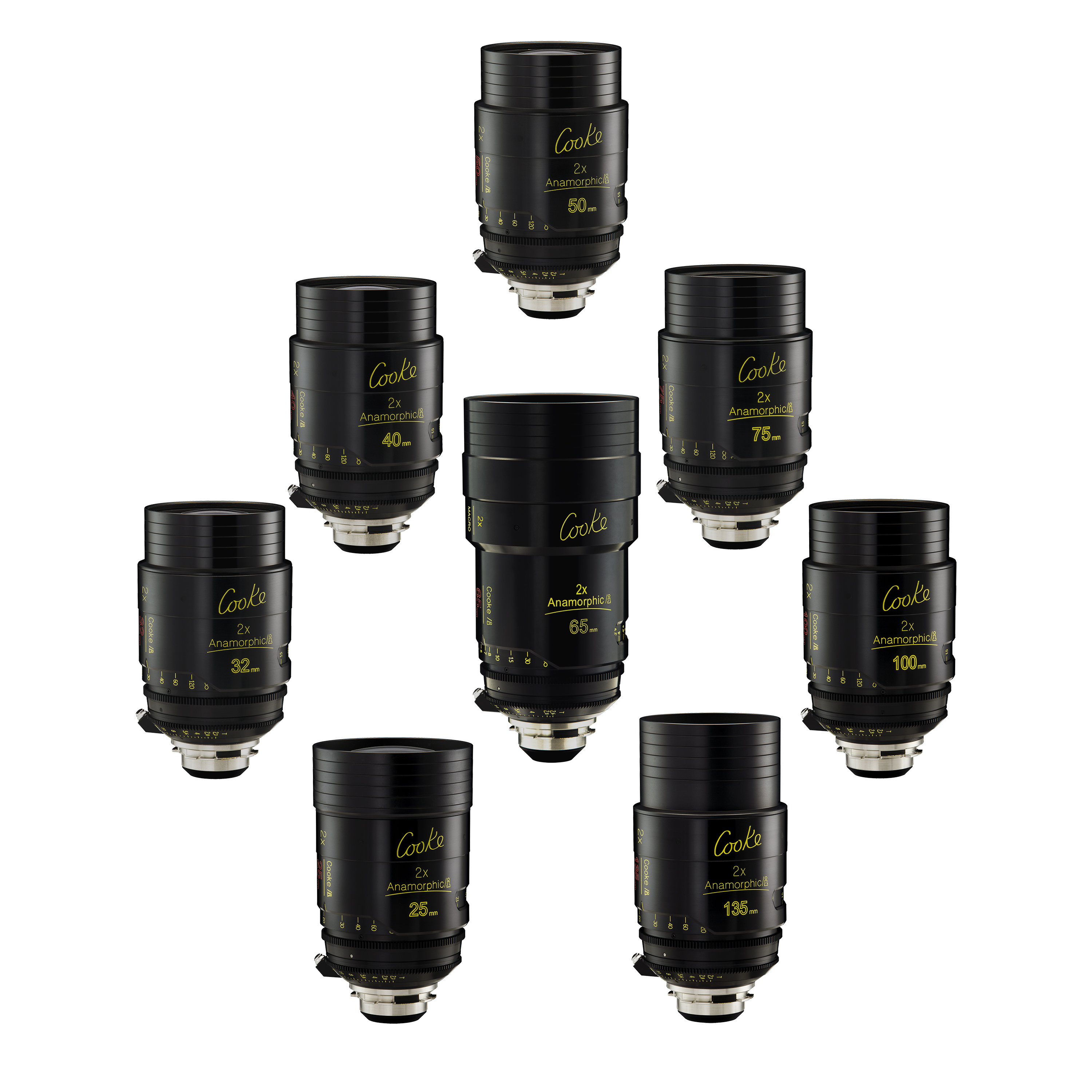
Art: What’s the greatest issue you must overcome when selling anamorphic lenses in the digital era?
Carey: Some of my customers tell me, “It must be easy to sell Cooke anamorphic lenses in the digital era because the digital format on its own is so boring and sterile. Adding a lens with personality can only help to achieve more interesting images!” That said, the biggest problem that we face in anamorphic cinematography today is that some people think that letter-boxing the image is all they have to do to create an anamorphic look. They have all heard of anamorphic, but they don’t really know what it means to shoot true anamorphic. Lenses which have rear anamorphic cylinders, as you have mentioned, go long way to confusing the issue because they don’t produce a historically “correct” anamorphic image.
There needs to be a greater distinction between shooting 2.4:1 on spherical lenses and doing the same with front anamorphic lenses or rear anamorphic lenses. I think this will help everyone in the end, as DPs can be more specific with directors and producers about the look they are trying to create.
Art: I understand that you have introduced some new anamorphic lenses that have even more “character” than your existing lenses. What can you tell me about those?
Carey: Yes, we’ll be showing off our new SF (“special flare”) anamorphic lenses at NAB. One of the most asked for “personality traits” of anamorphic is the famous horizontal blue streak flare. This can be cheated in spherical formats by letter-boxing the image and adding a streak filter. Presto, job done. (Well, not really… you can’t create anamorphic “personality” so easily!)
Our SF anamorphic lenses are mechanically the same as our current anamorphic lenses, except that many of the optics have been recoated to produce this distinctive anamorphic flare. This is not a retrofit, a filter or an attachment: the actual glass elements of the lens have been specially treated. This creates an extremely organic flare that is enhanced by the unique ways light can bounce around inside an anamorphic lens. There is no hiding when the light hits the lens.
No matter which style of lens a DP chooses, they will always have the classic “Cooke look.”
The following projects were shot through Cooke Anamorphic /i lenses. Look for footage showing off the new SF line of lenses at NAB.
See Cooke /i and SF anamorphic lenses at NAB 2017 in Cooke’s booth, C5414. That’s adjacent to the DSC Labs booth, where Adam Wilt and I will be demoing color, resolution and dynamic range charts.
Art Adams
Director of Photography
Disclaimer: I have worked as a paid consultant to DSC Labs.

Filmtools
Filmmakers go-to destination for pre-production, production & post production equipment!
Shop Now